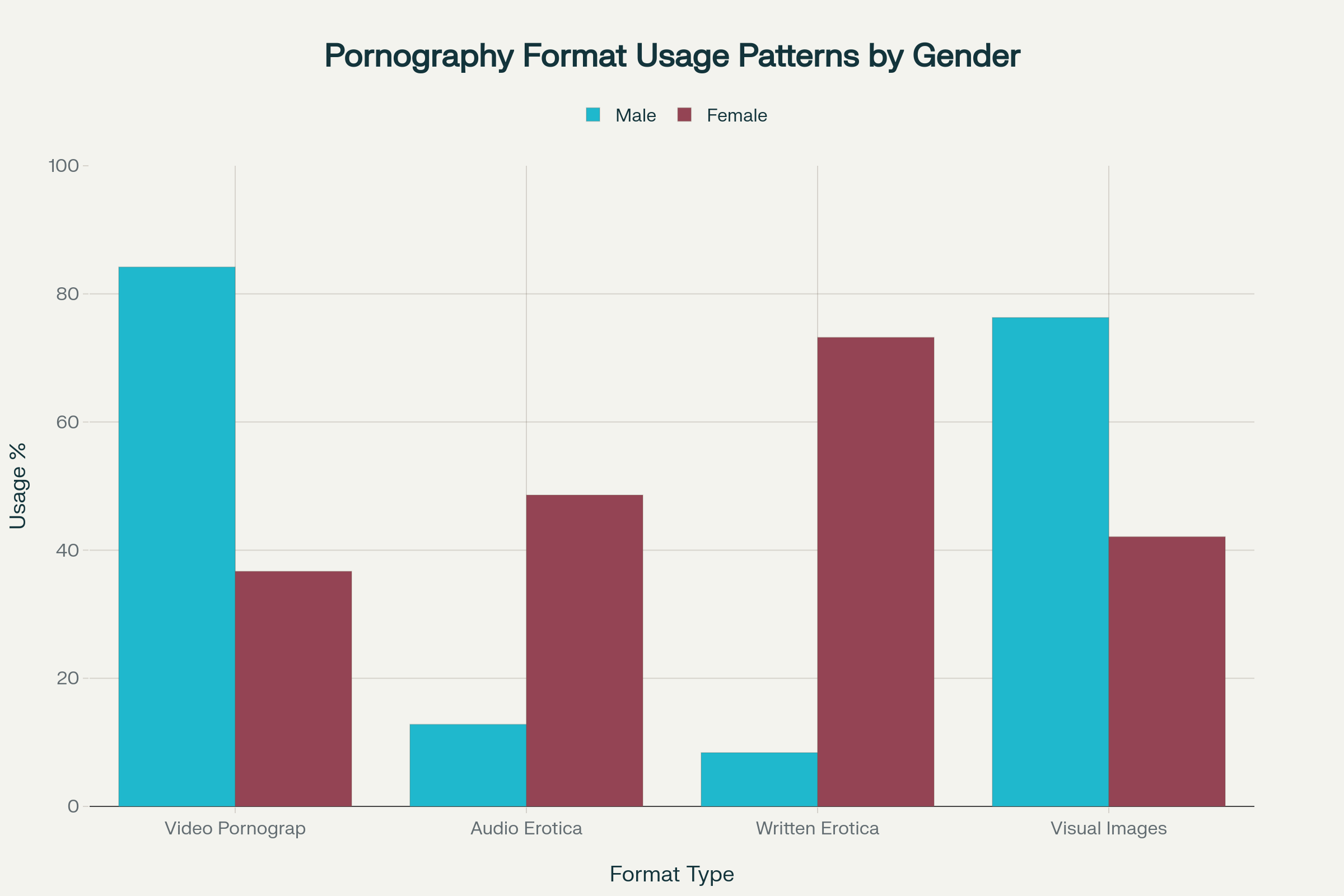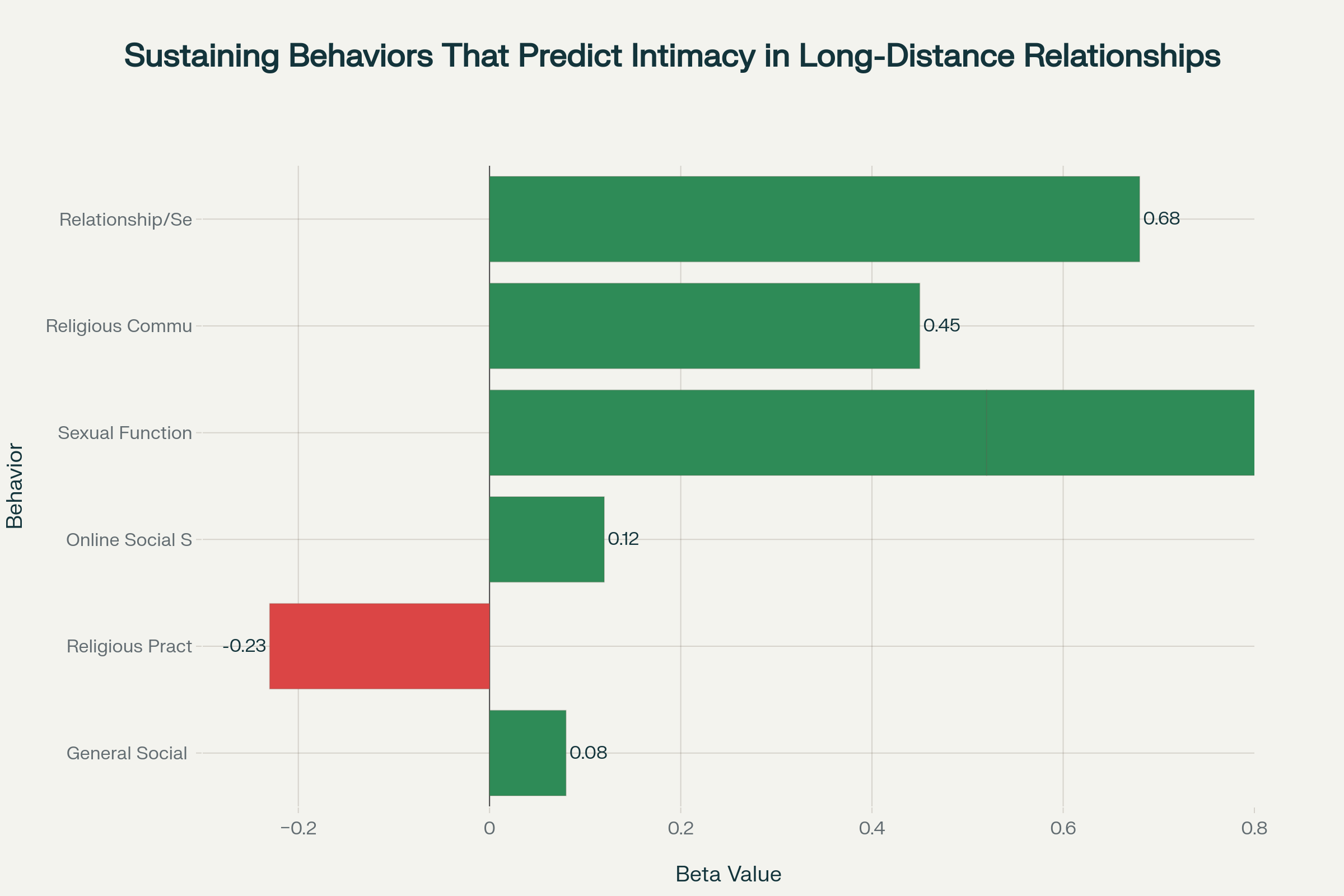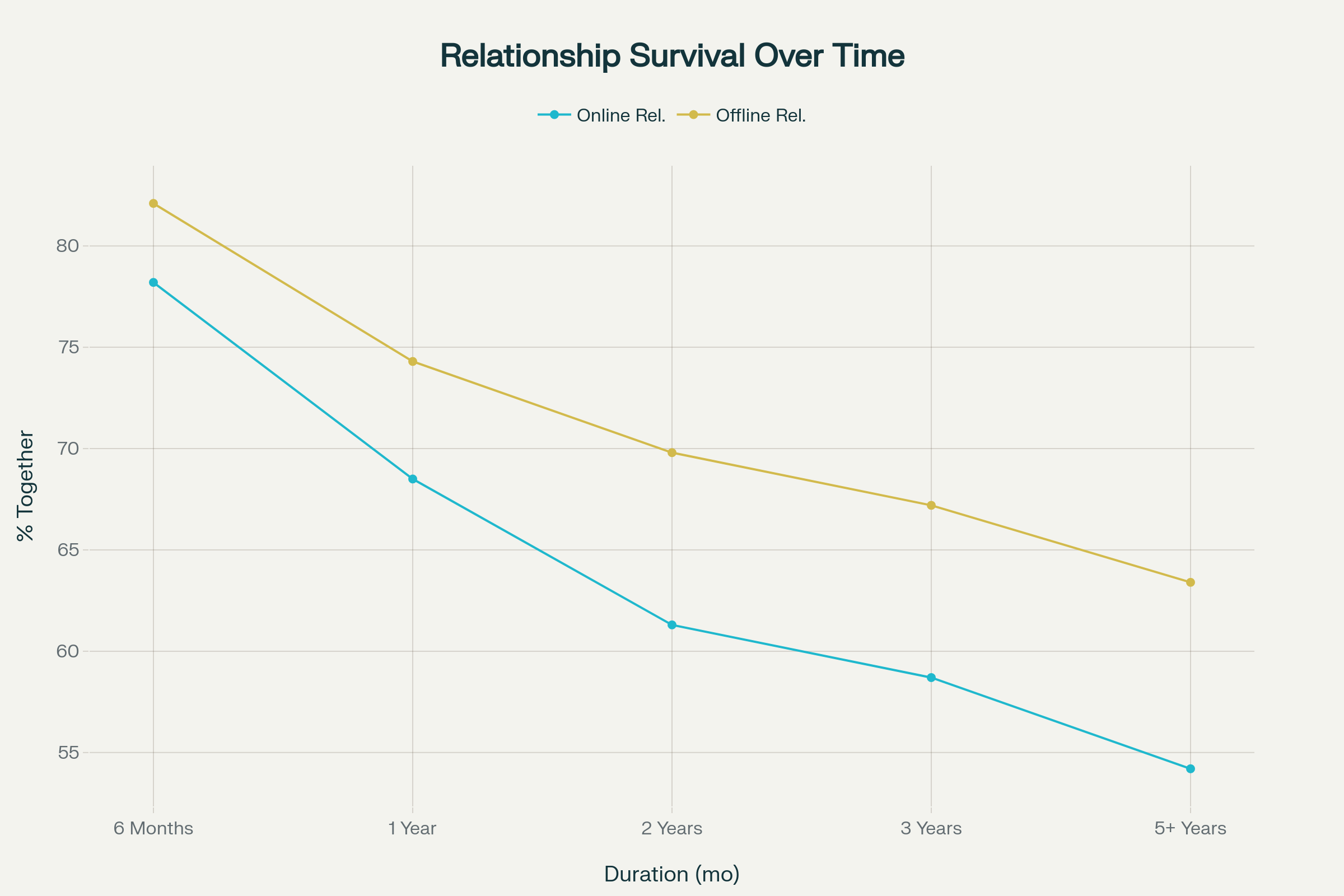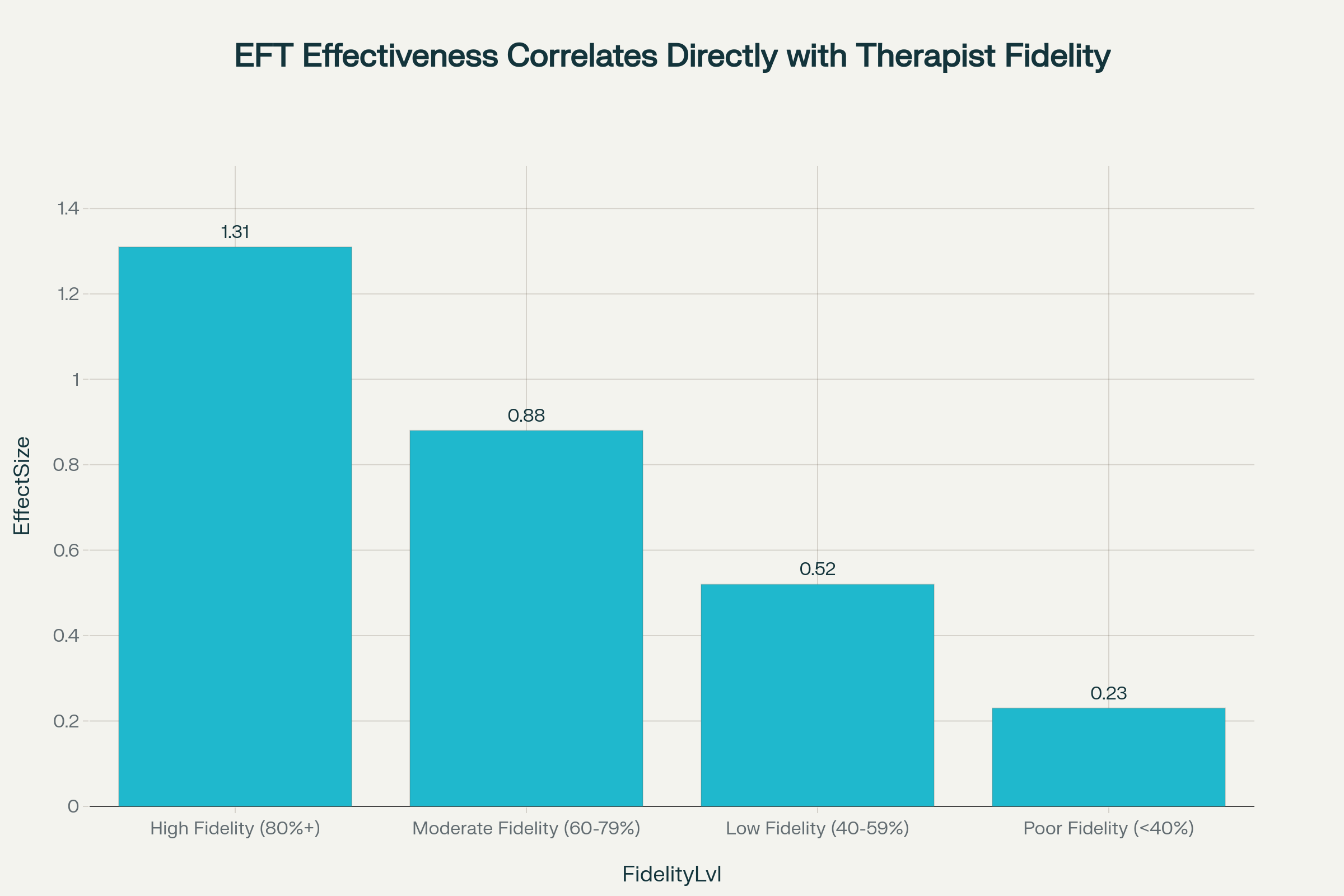Silence conjugal-lorsque les conjoints retiennent la communication émotionnelle ou verbale- a un impact significatif sur la satisfaction de la relation.
Effets sur la communication
- Effondrement de l'échange émotionnel et verbal :Un manque de communication cause isolation et suppression émotionnelle, contribuant à la solitude et à l'insatisfaction.
- Schémas de demande-retrait : Lorsqu'un partenaire cherche le dialogue et l'autre se retire, cela augmente la dépression et l'insatisfaction. La self-silencing augmente particulièrement la tension émotionnelle.
- Gestion des conflits : Bien qu'utilisée parfois pour désamorcer un conflit, la silence peut empêcher la résolution et approfondir les malentendus lorsqu'elle est surutilisée.
Conséquences sur la santé et l'émotion
- Modèles de communication négatifs : L'utilisation régulière du silence et de l'évitement est liée à des émotions plus négatives, à une cicatrisation physique plus lente et à de mauvaises issues relationnelles.
- Silence constructif vs. non-constructif : En situation de stress, les couples qui pratiquent la régulation émotionnelle et le dialogue ouvert maintiennent des liens plus solides. Se reposer sur le silence ou l'évitement, cependant, nuit à la qualité de la relation.






